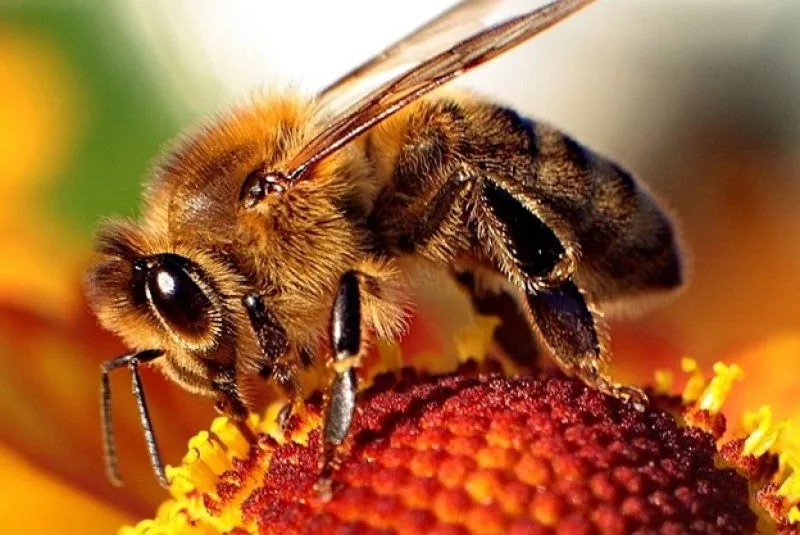Pollination plays a vital role in maintaining the natural balance of ecosystems and is the cornerstone of crop production by providing a link between agriculture and the cycle of life. Consequently, pollination has a role in the economic sector owing to the improvement of quality and quantity (Shaden, 2022; Shetaia, 2021 & El-Wahed, 2022). Pollination is the process by which pollen moves from the male anthers to the female stigmata, either within the same flower (self-pollination) or between plants (cross-pollination). Pollinators are the key players of the crop yield process since plants completely rely on vectors to transfer their pollen in cross-pollination. For instance, incorporating both wild and managed bee species in a region could enhance cross-pollination (Alajmi, 2020).
There is an ever-increasing demand for food security in the face of challenges such as climate change, land-use changes, habitat transformation, and the expanding human population. Proper pollination can improve the quantity and quality of fruits, nuts, oils, and other crops produced (Cordeiro, 2015). According to market prices, pollination by animals improves the global crop output by an additional $USD 235 to 577 billion annually, with the greatest economic benefits having been seen in the Mediterranean, Southern and Eastern Asia, and Europe. However, greater production also leads to an increased demand for pollination services.
Bees are the main pollinators of plants. Insect pollination provided EUR 153 billion, representing 9.5% of the total economic value of agricultural production used directly for human food. Consequently, countries that grow cash crops such as coffee (Coffea spp.), cocoa, almond (Prunus dulcis), and soybeans (Glycine max L.) that have greater reliance on pollination in agriculture at a large scale. Scientists have used several methods to estimate the annual benefit of certain ecological costs incurred by native insects in the United States.



